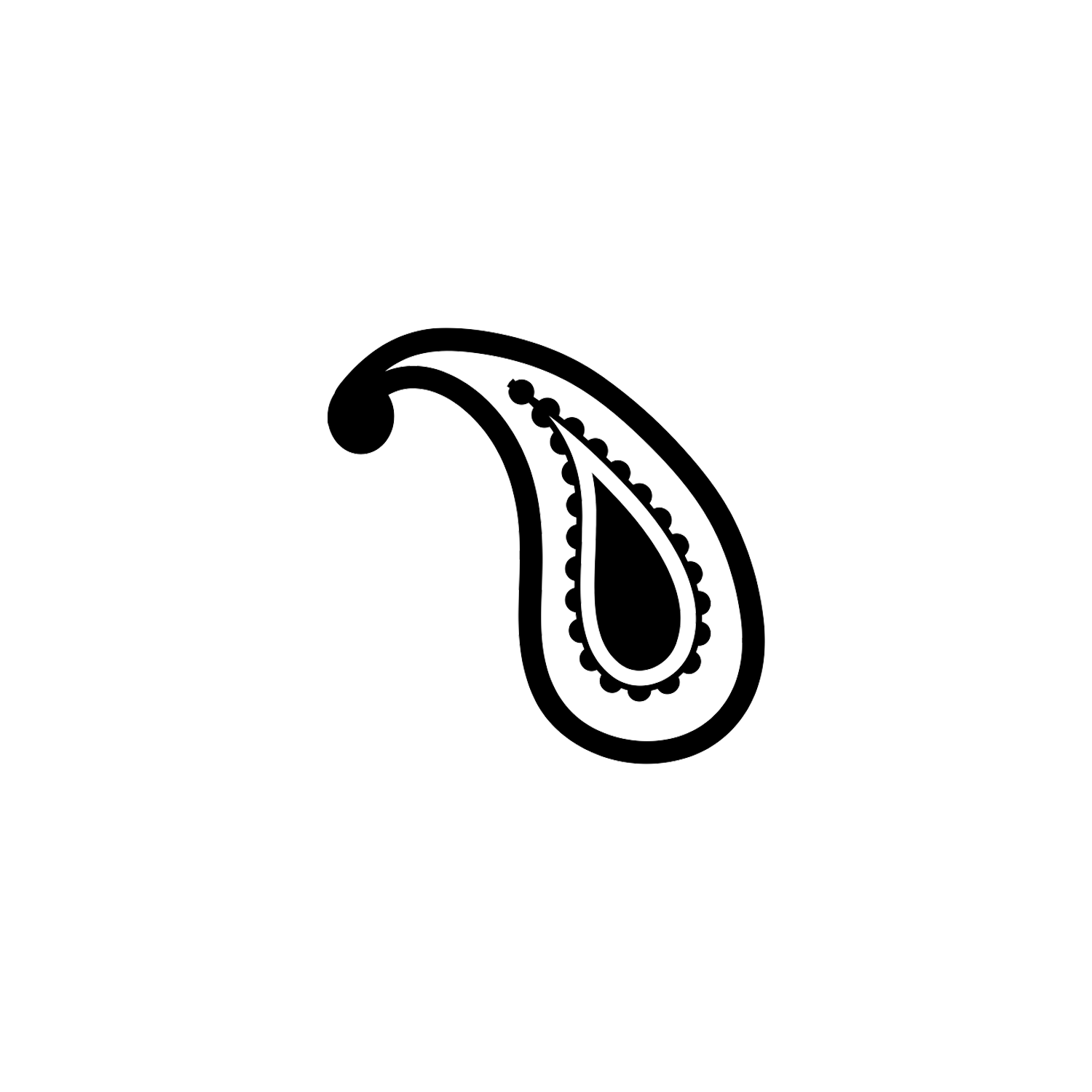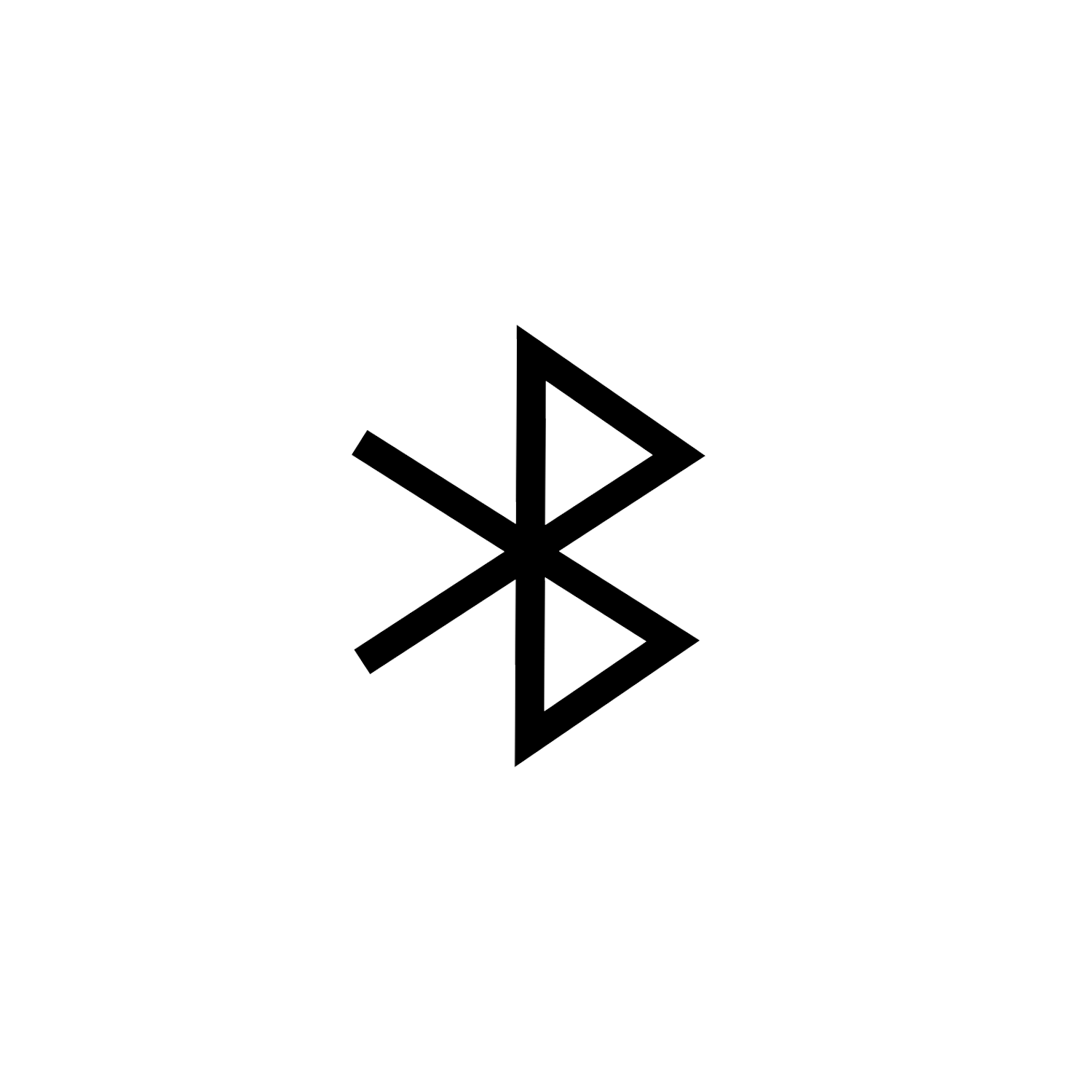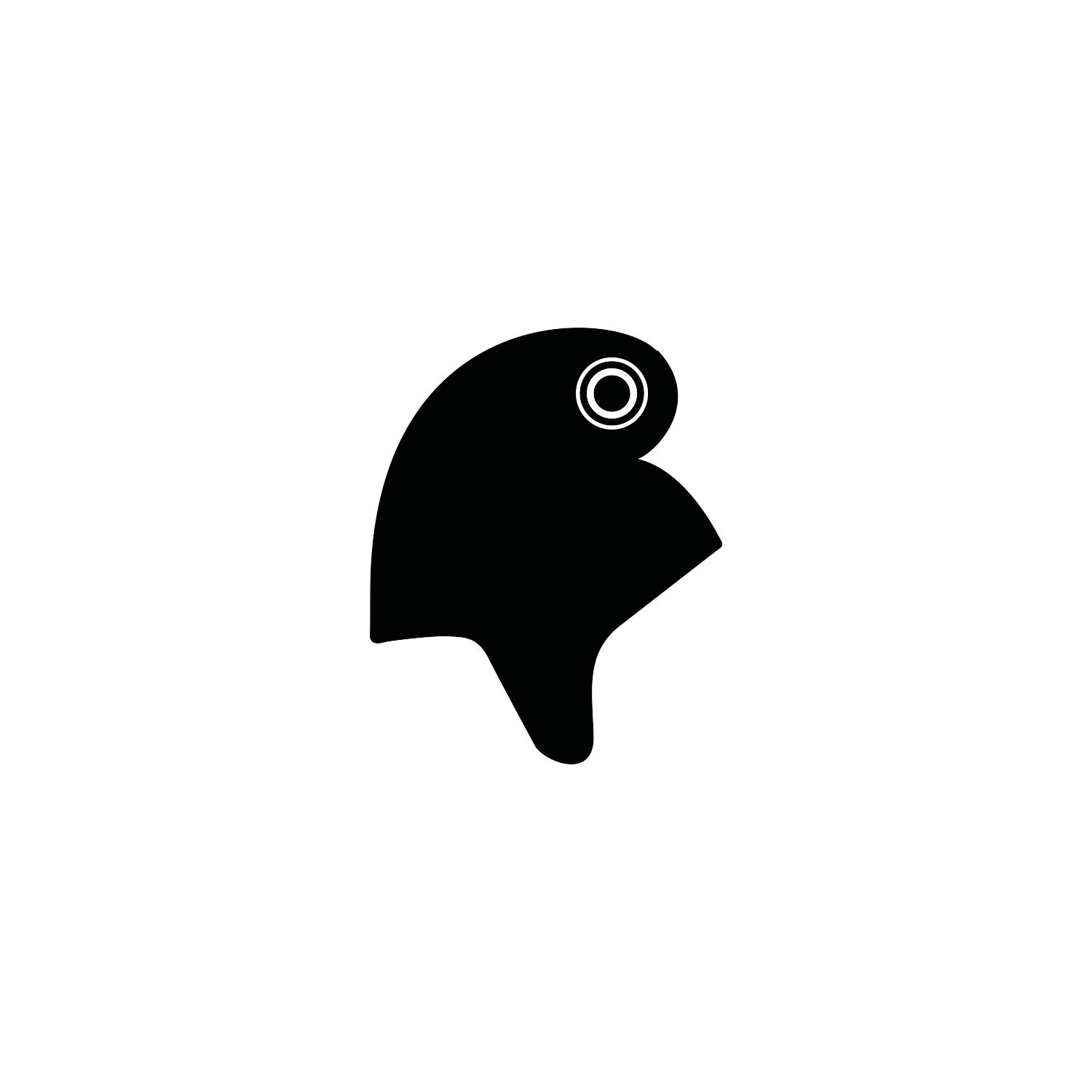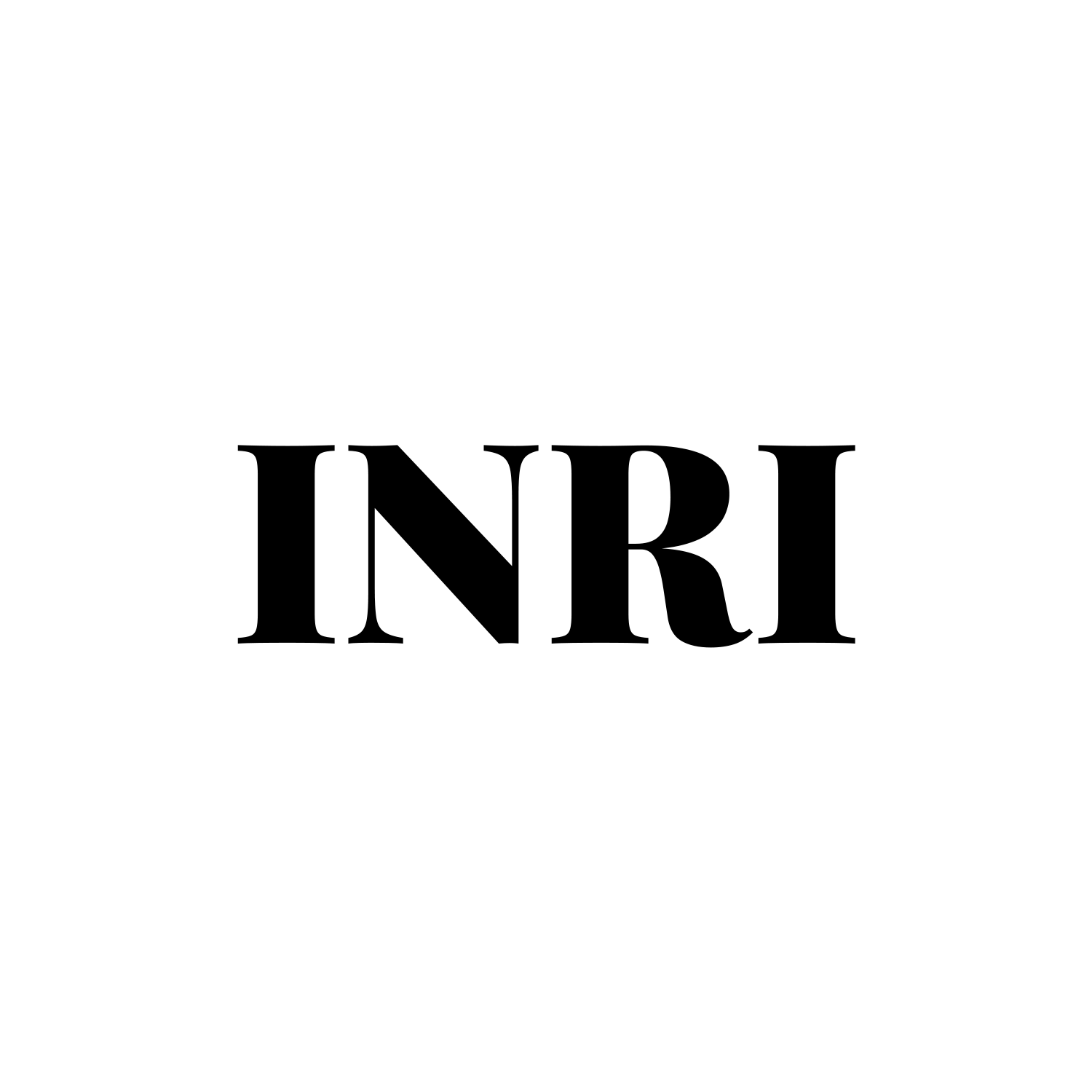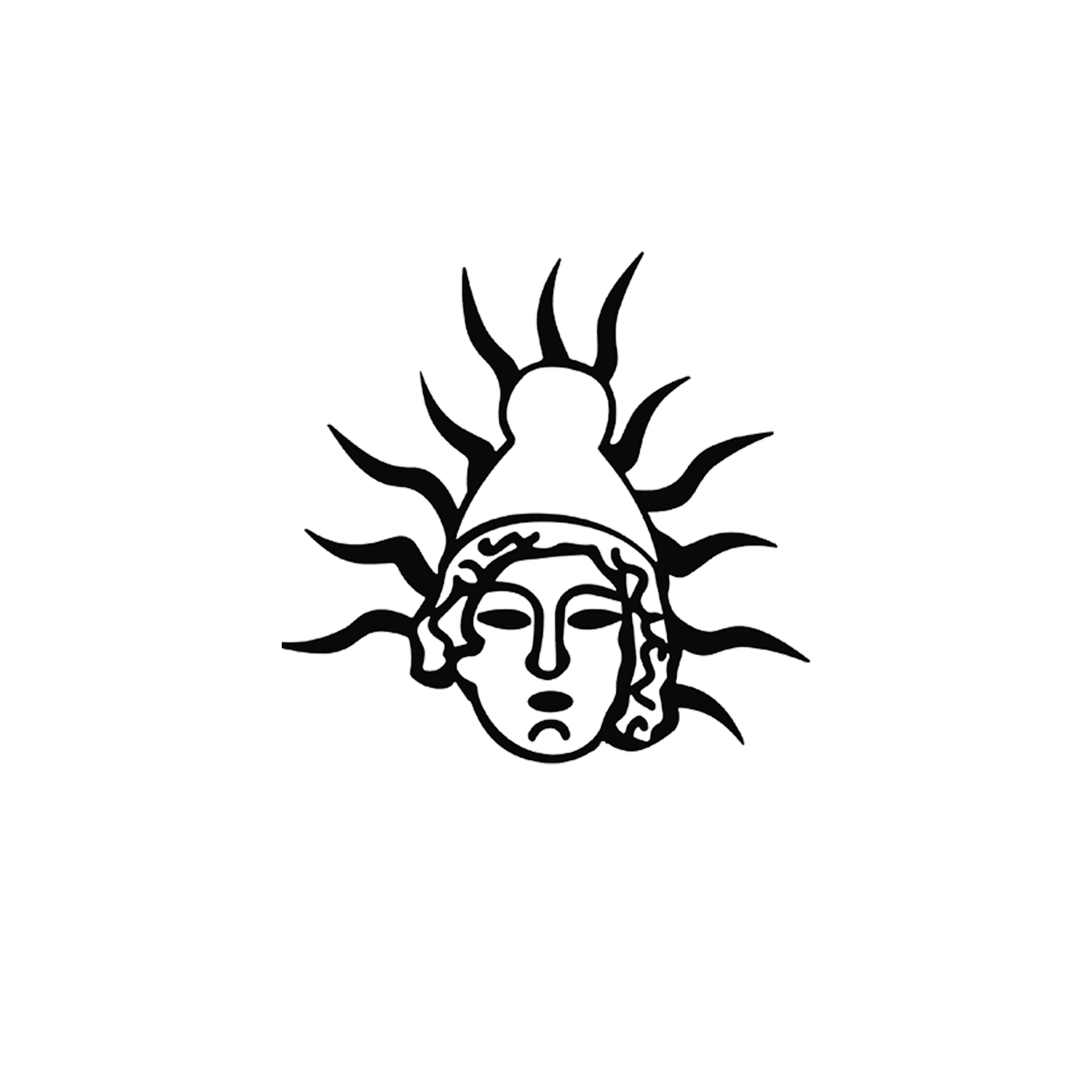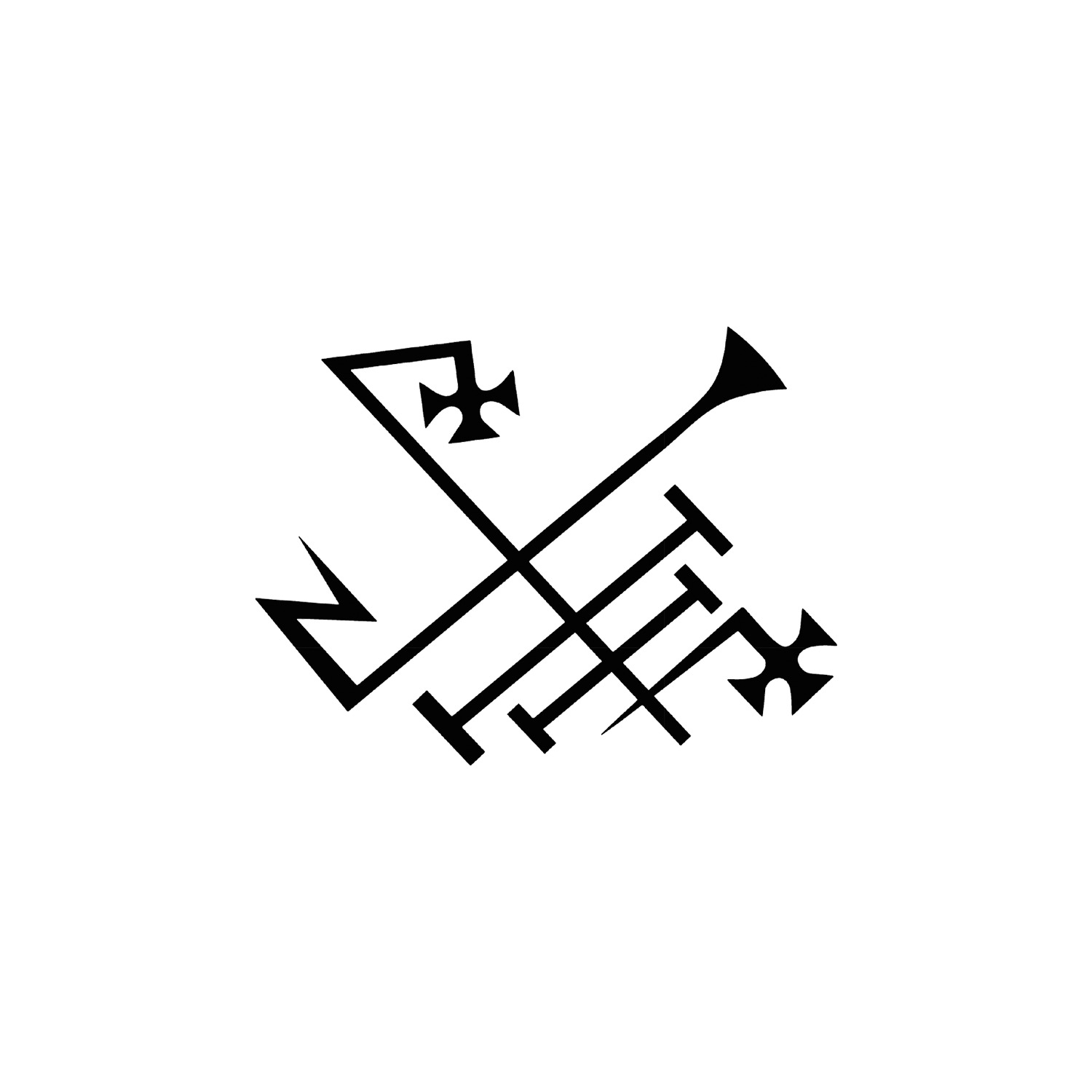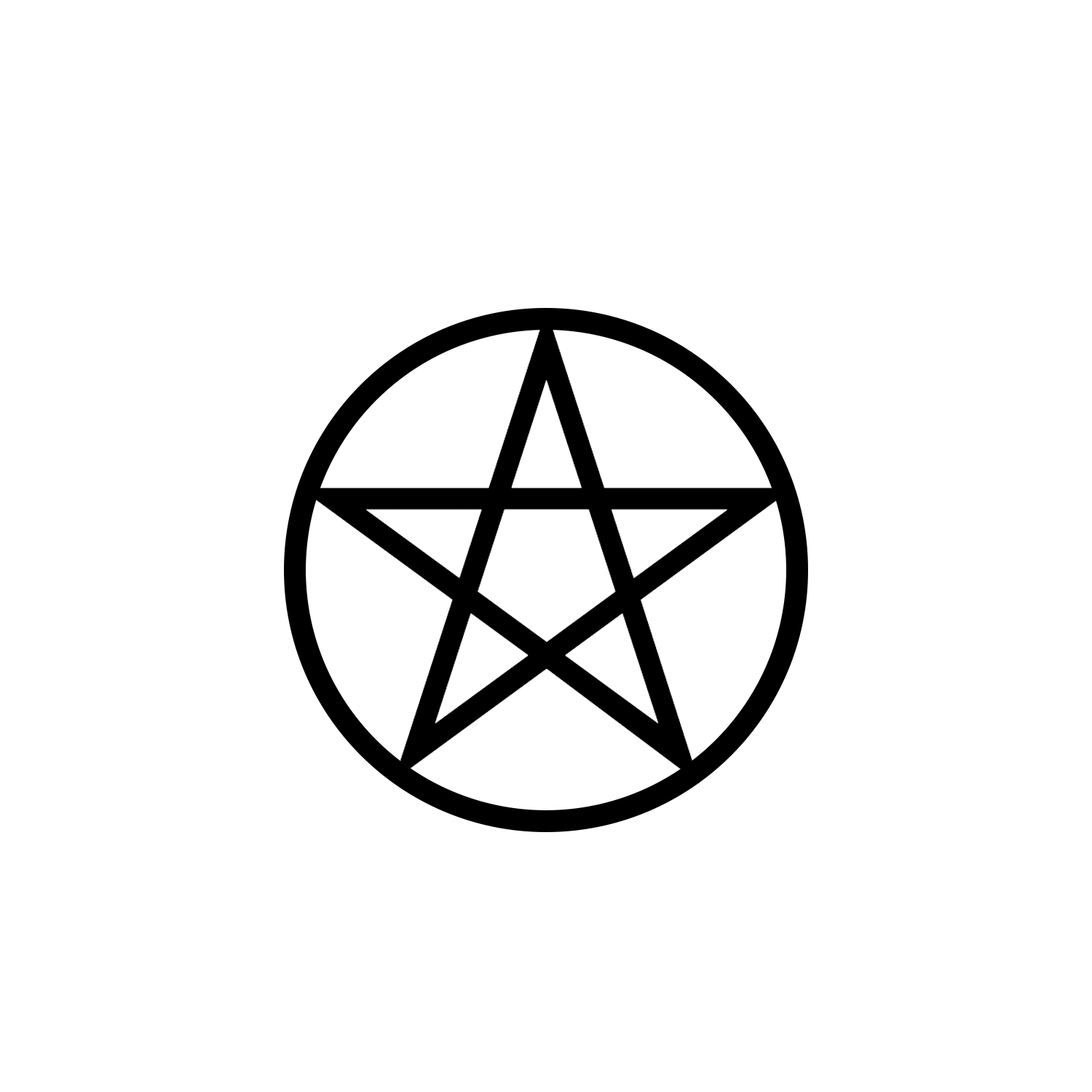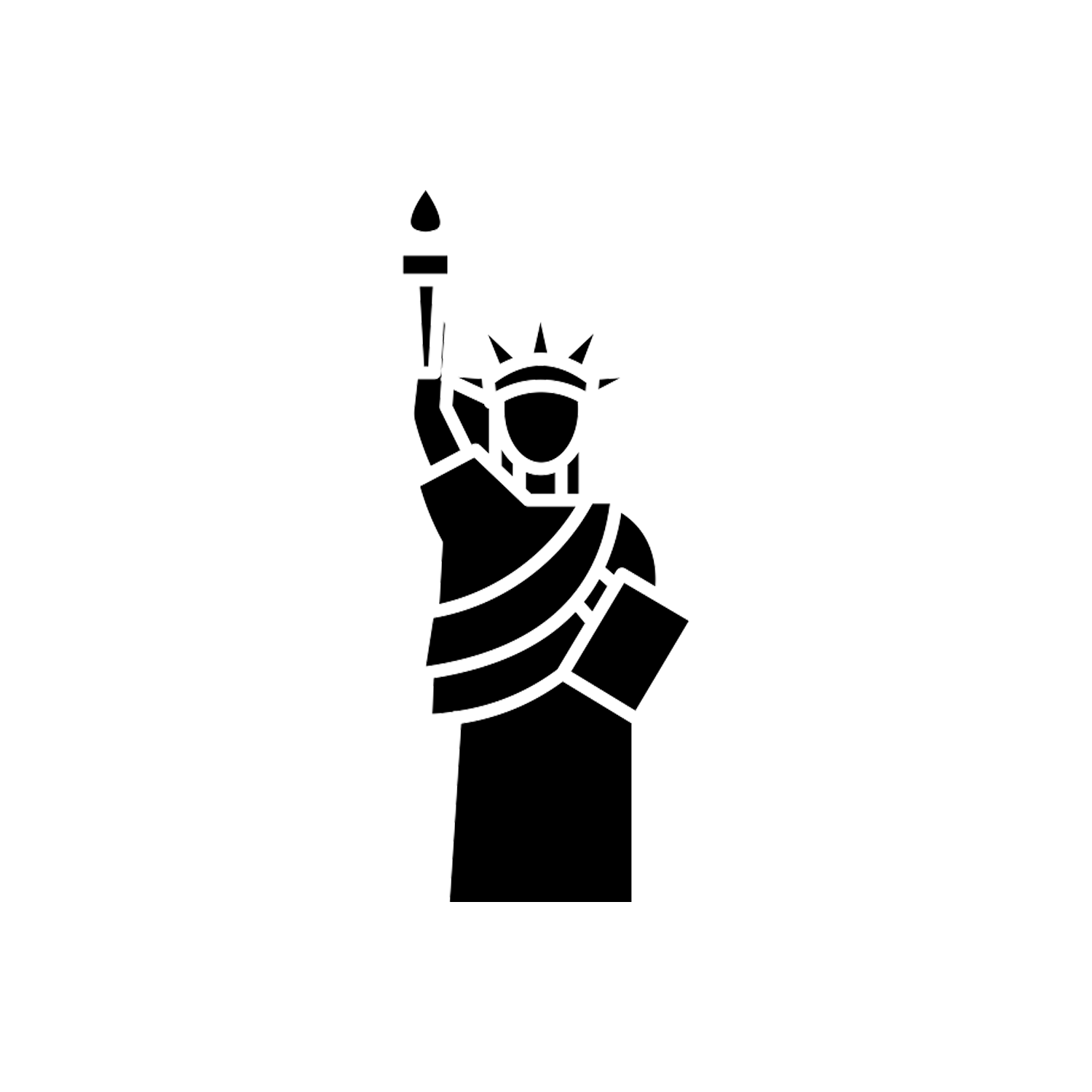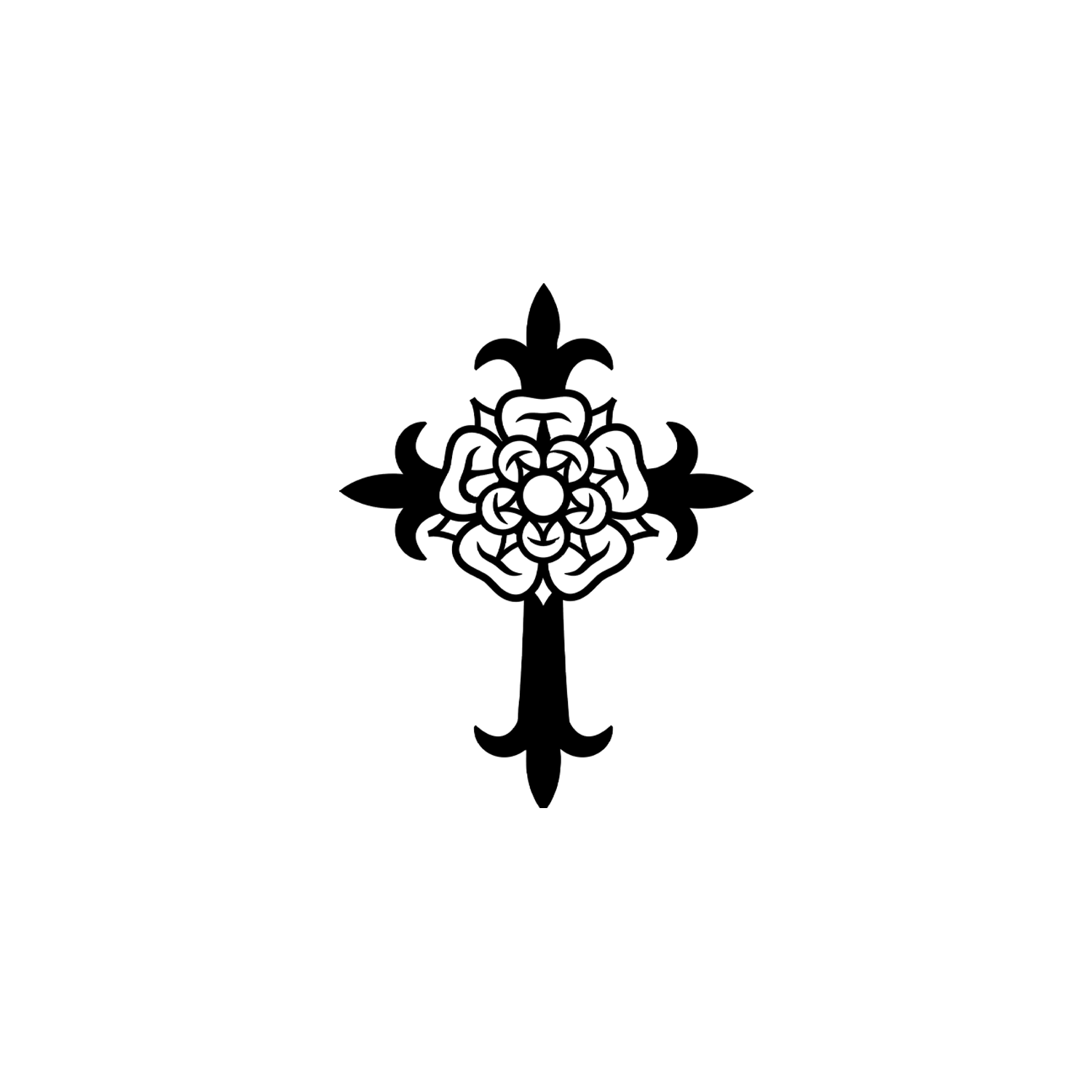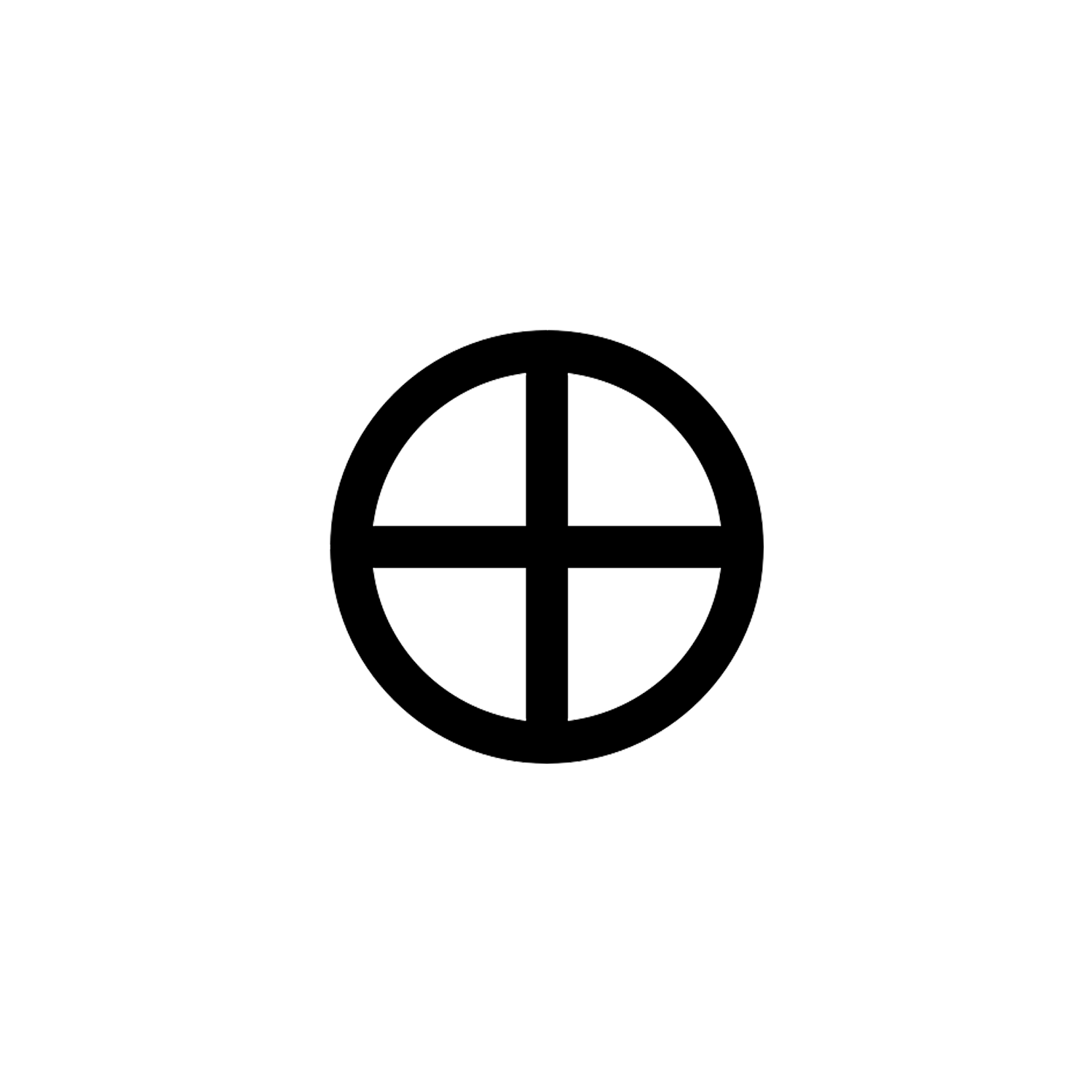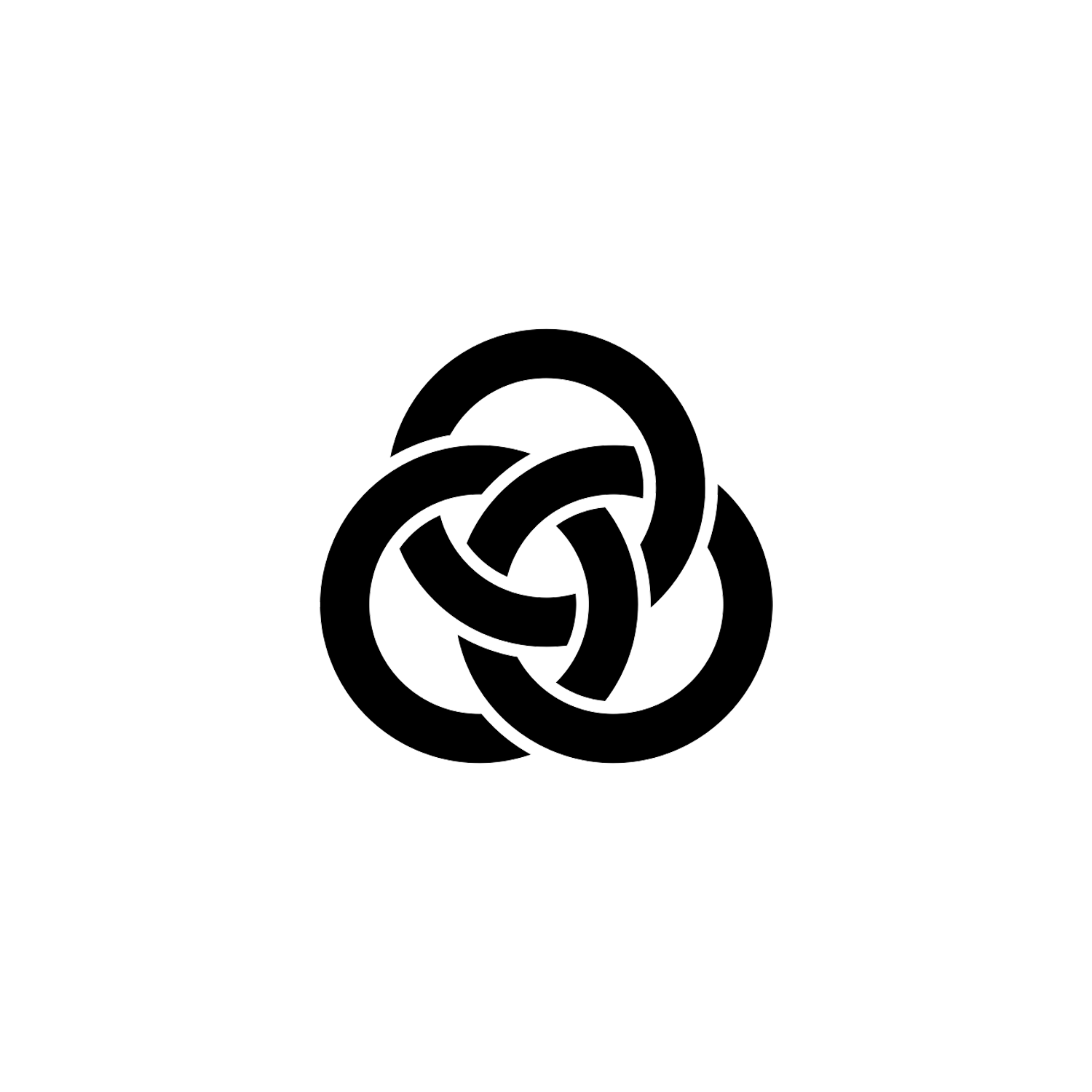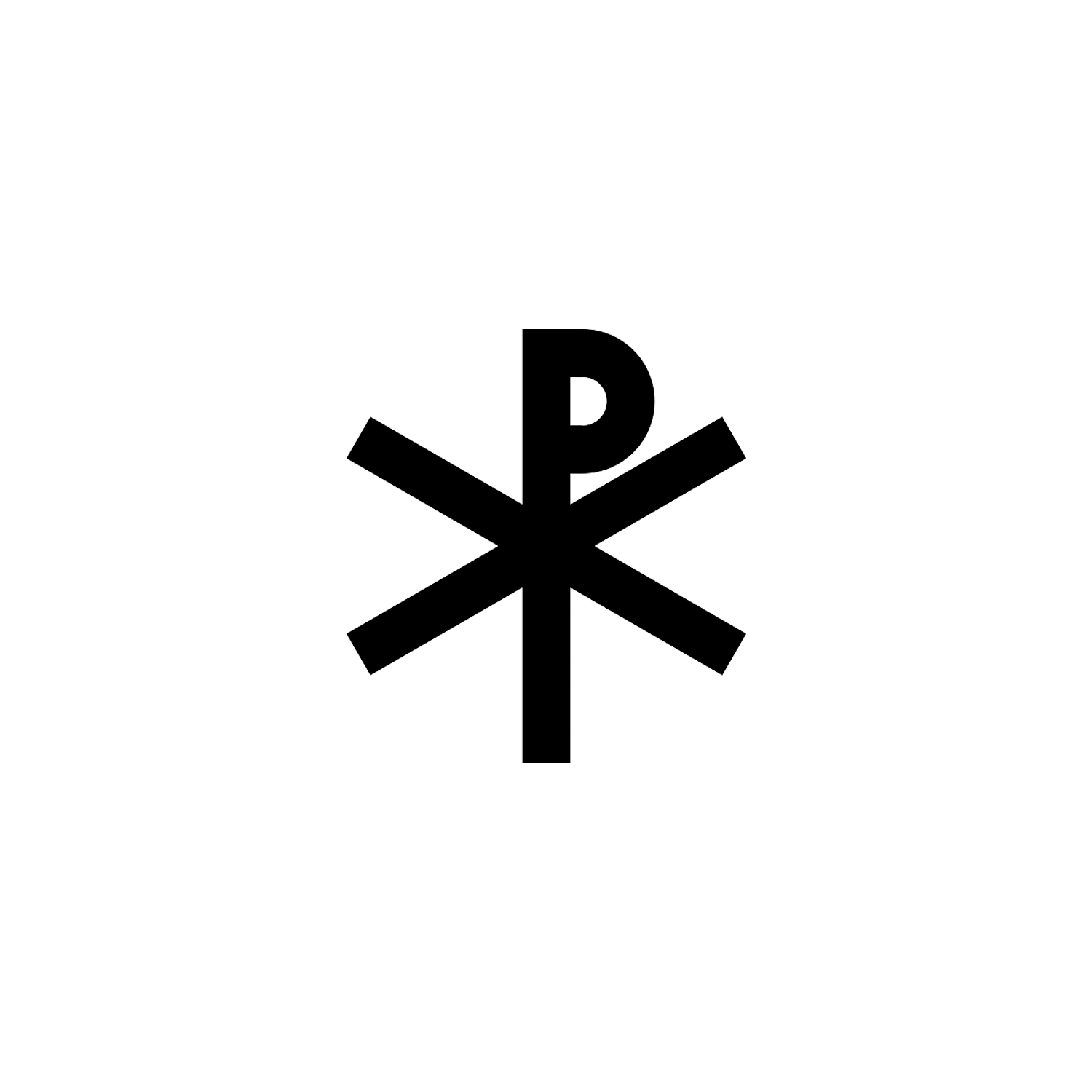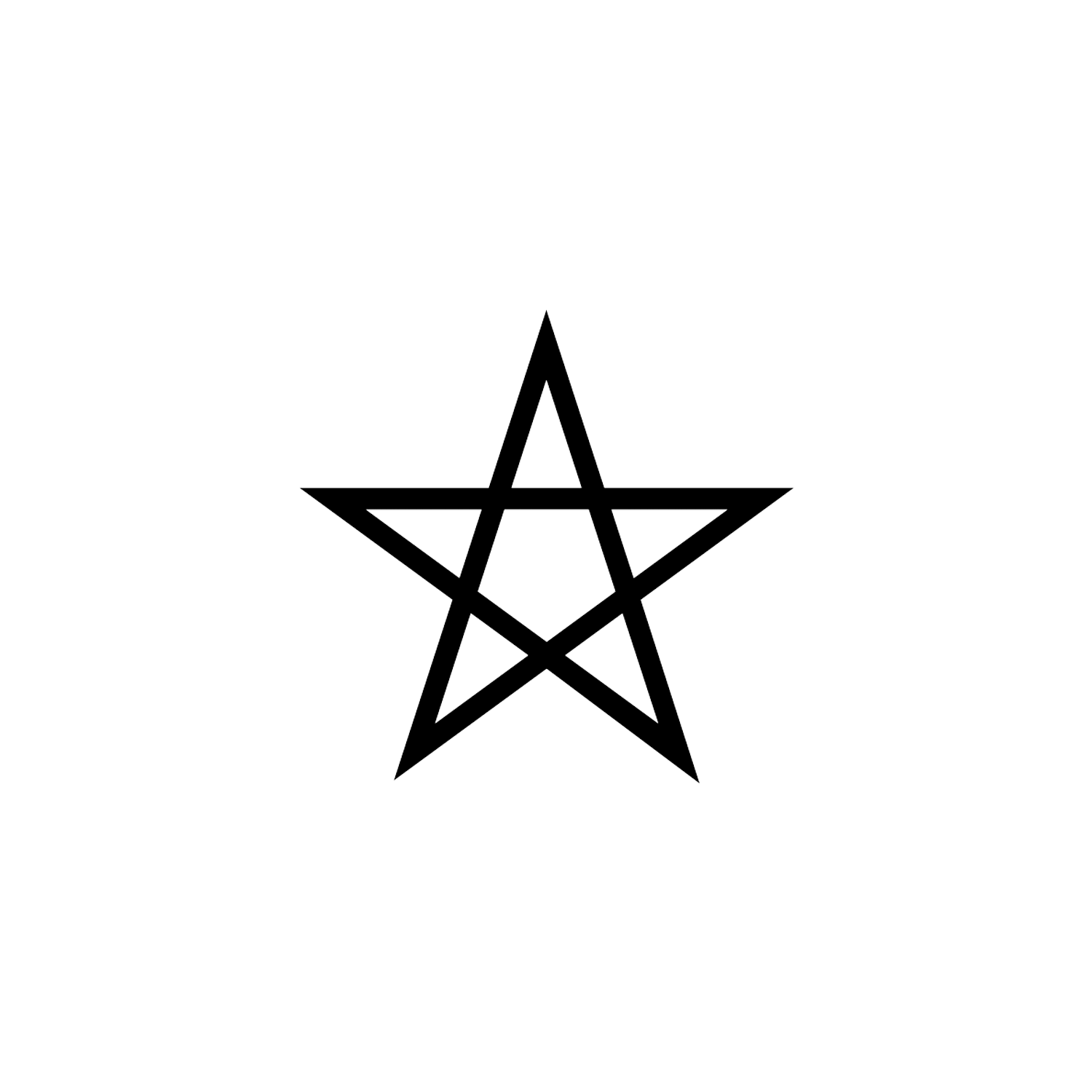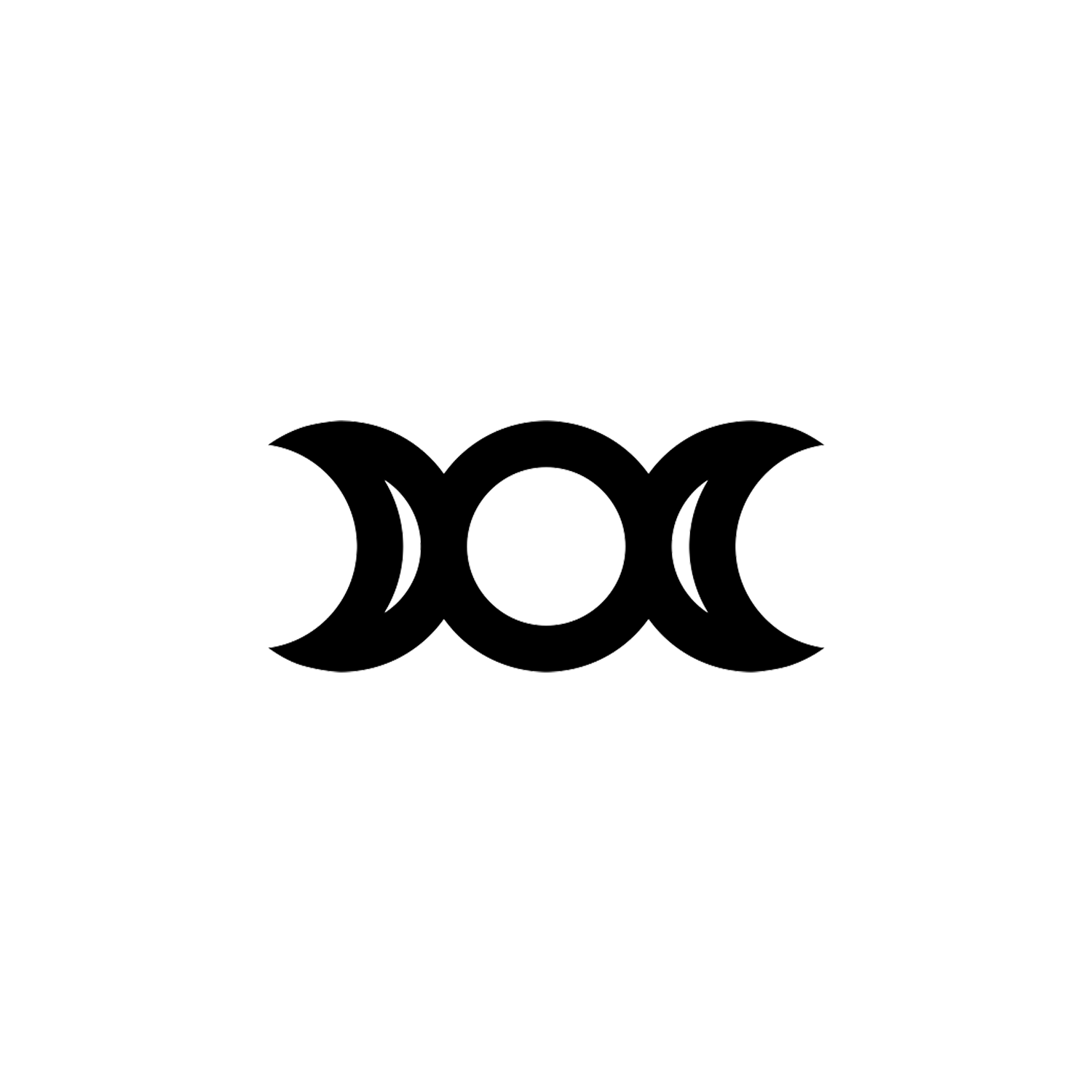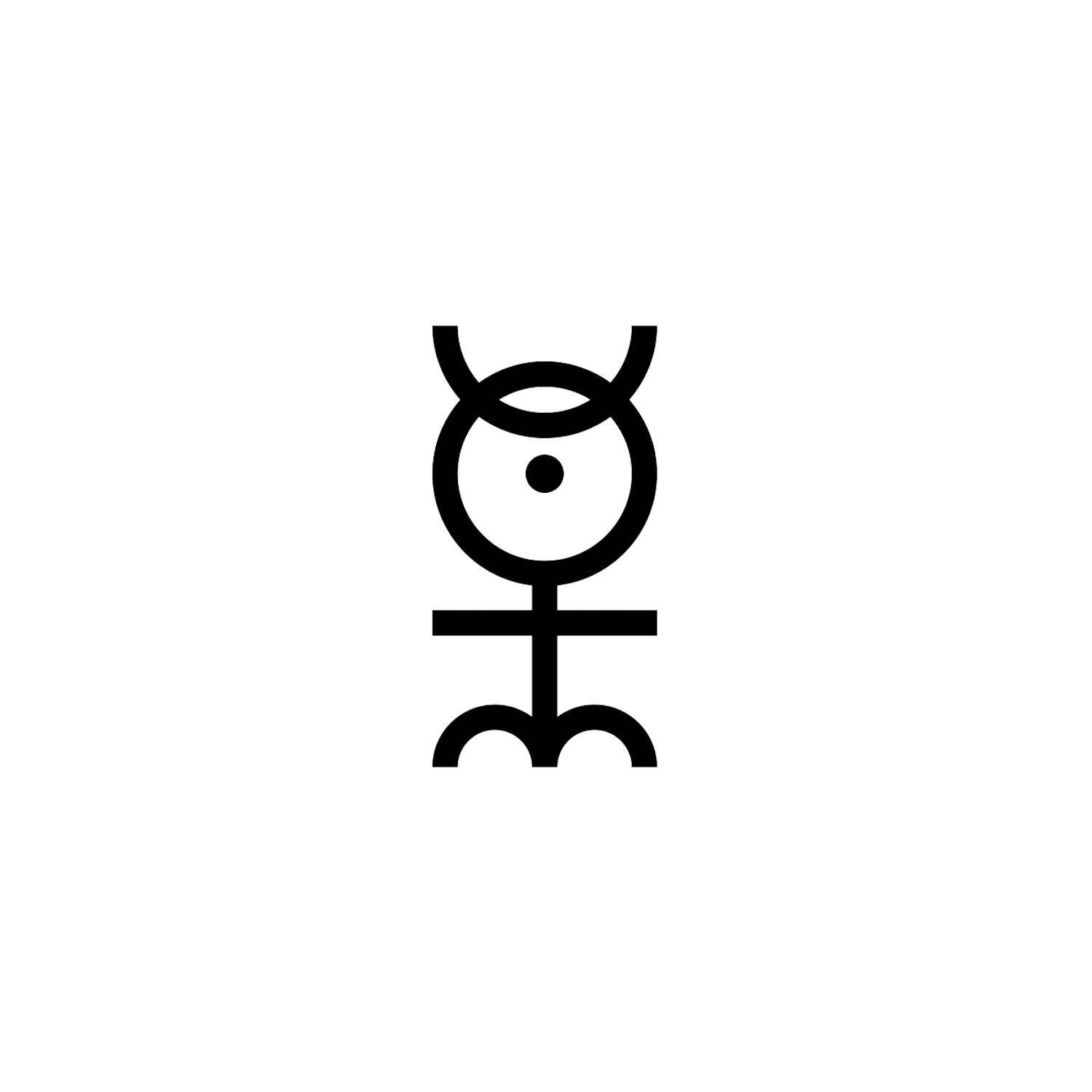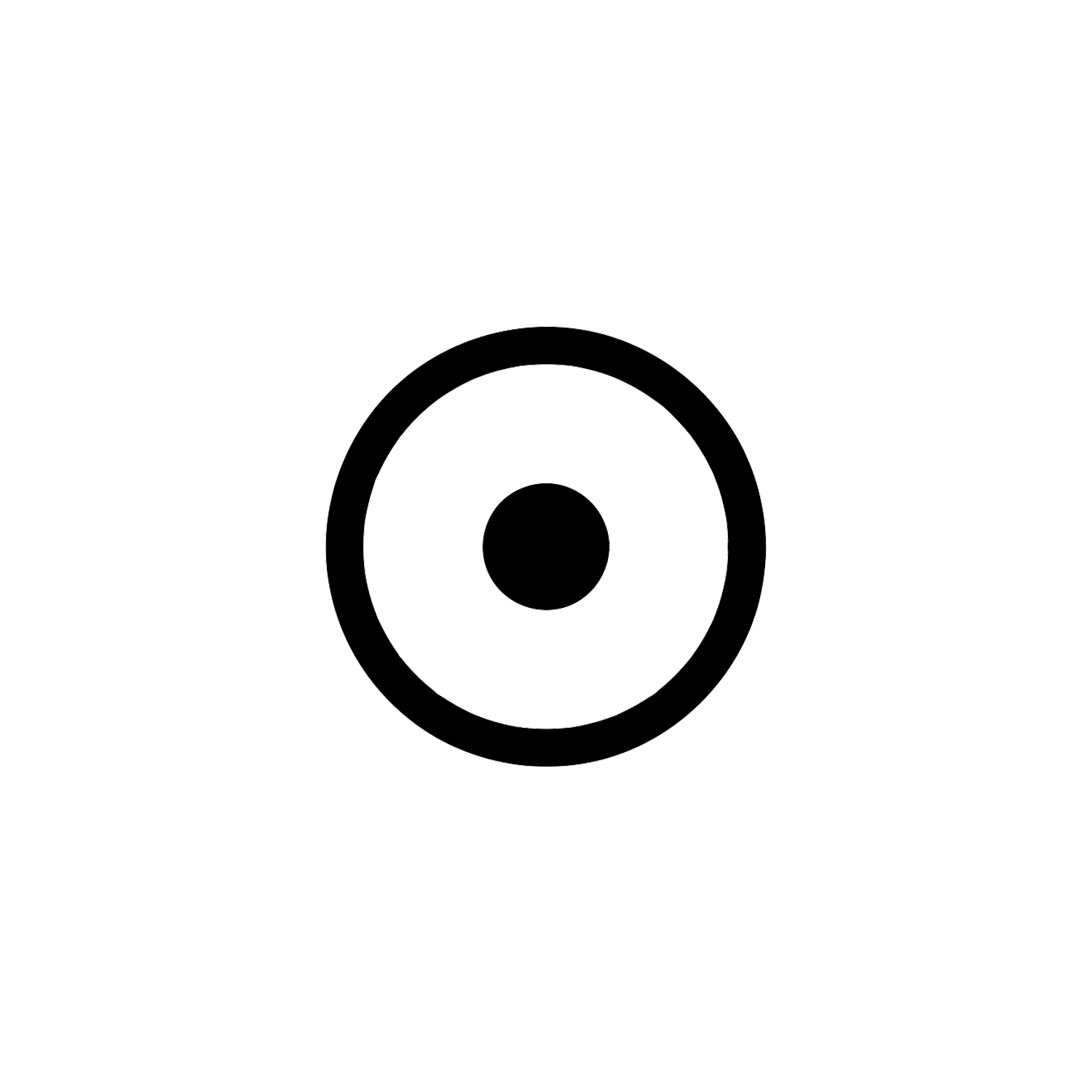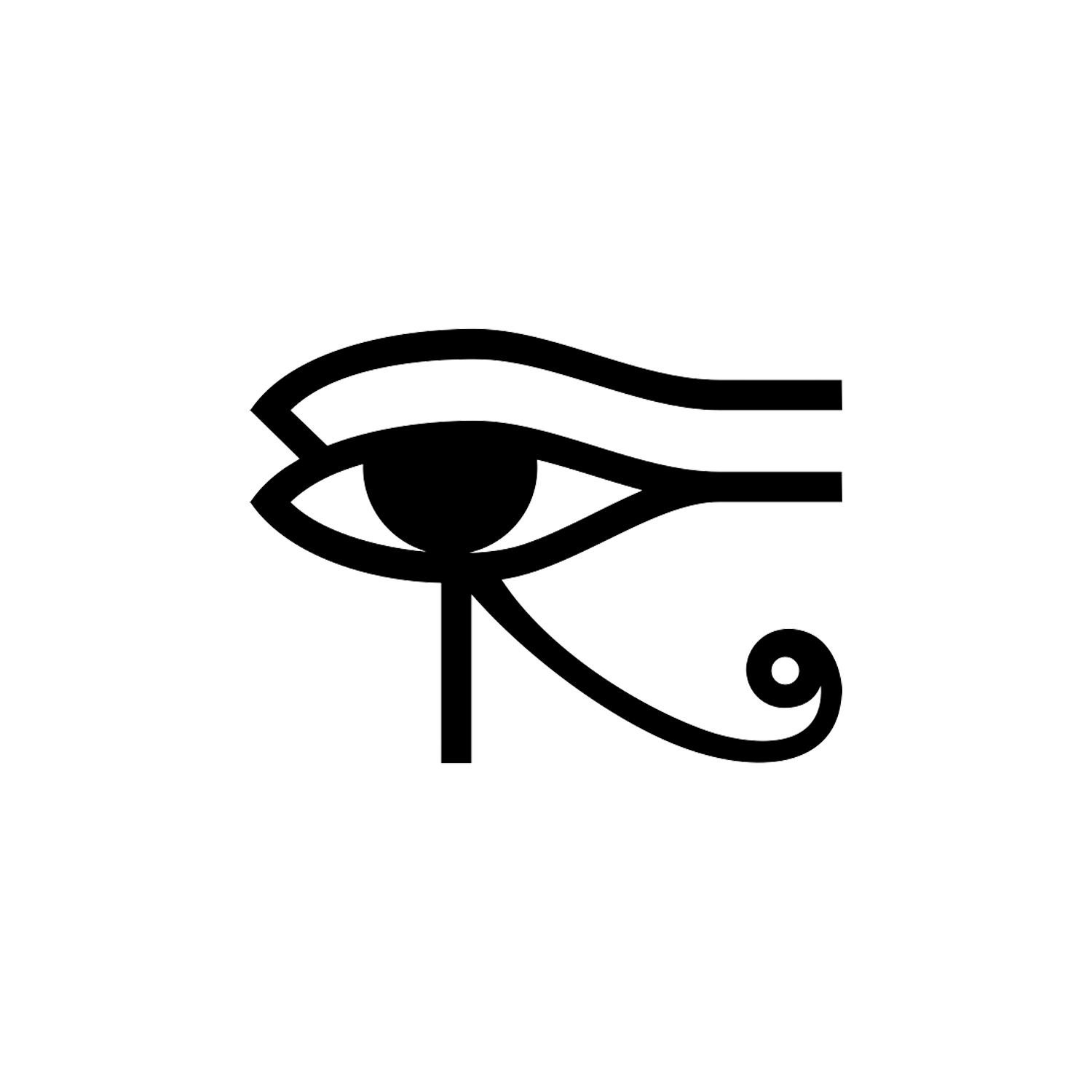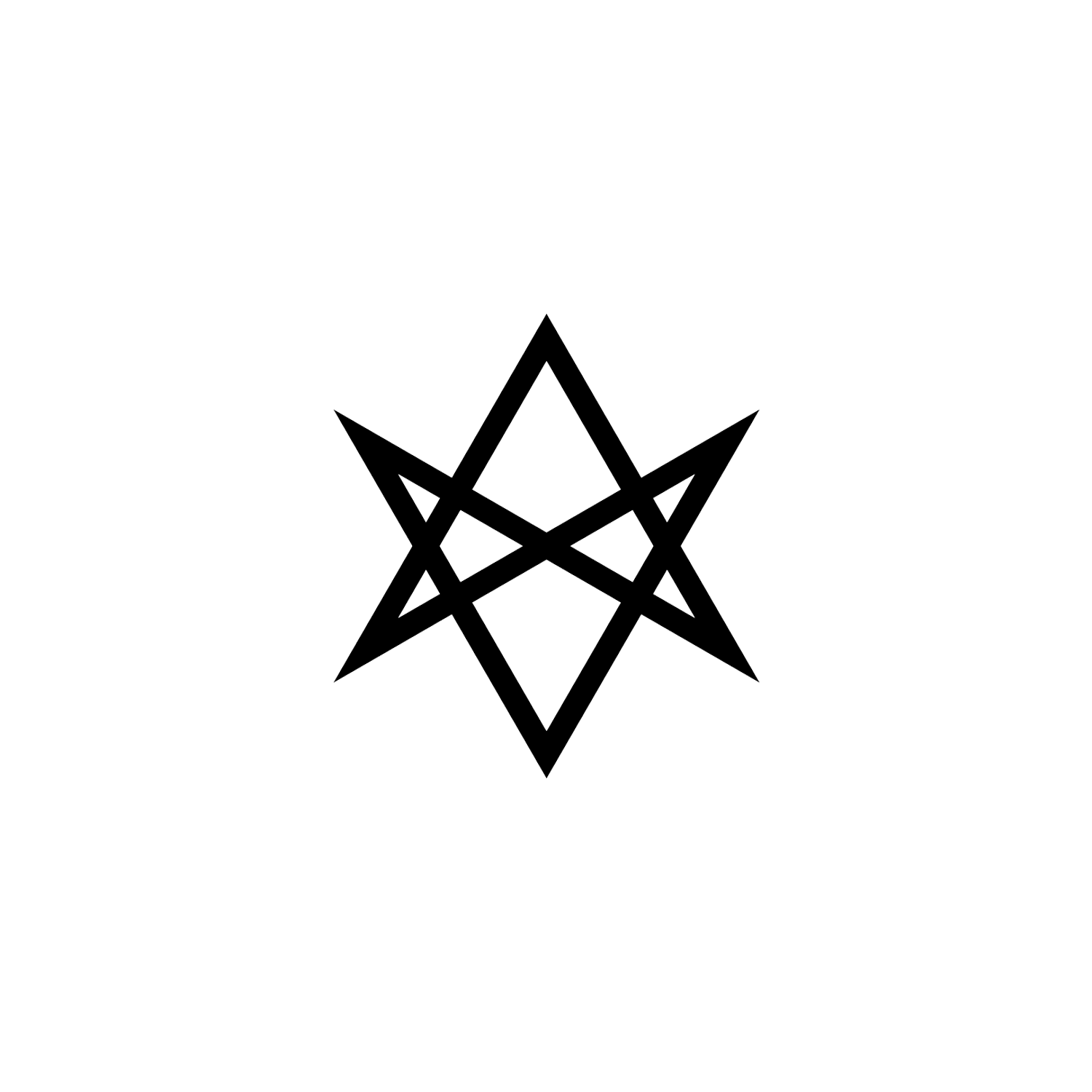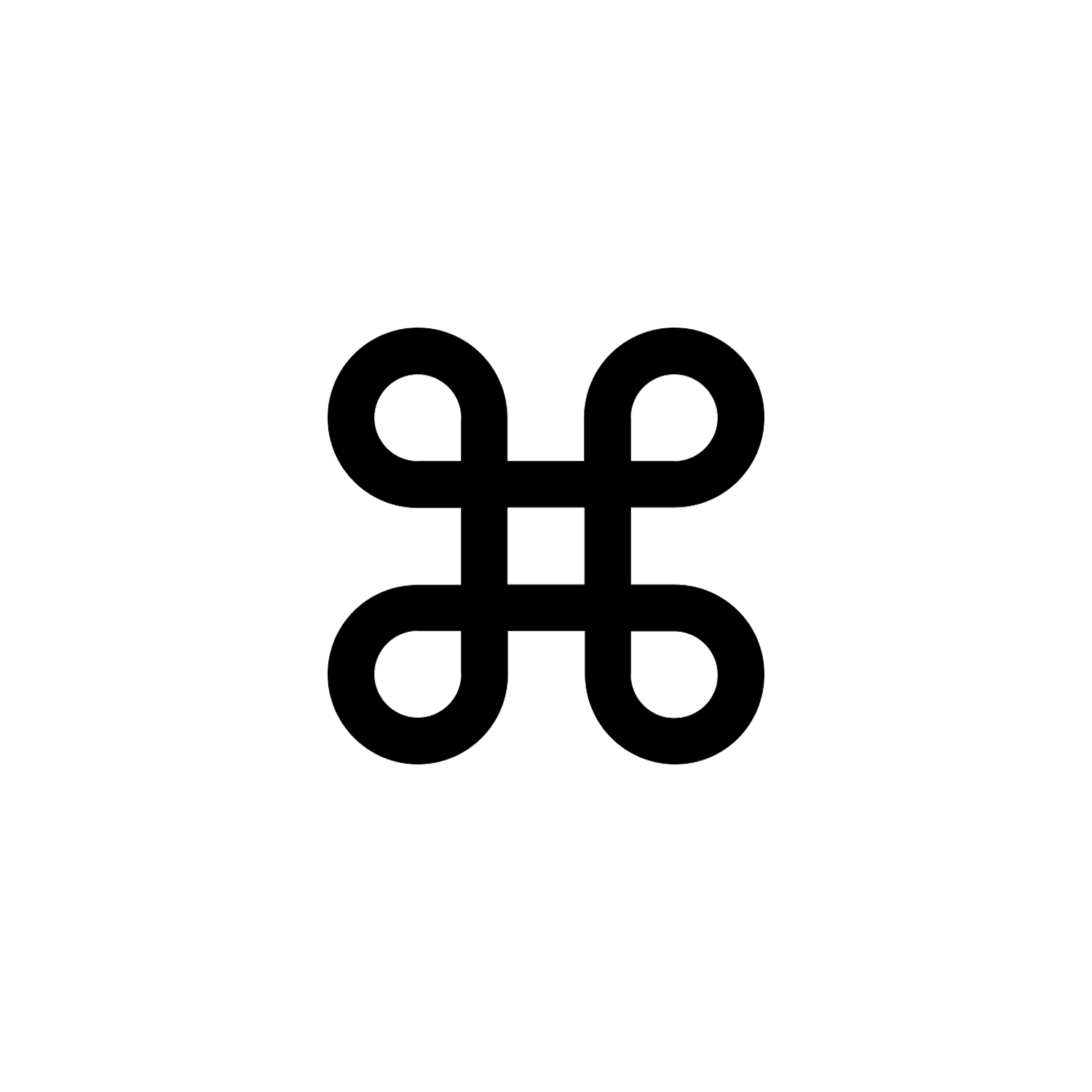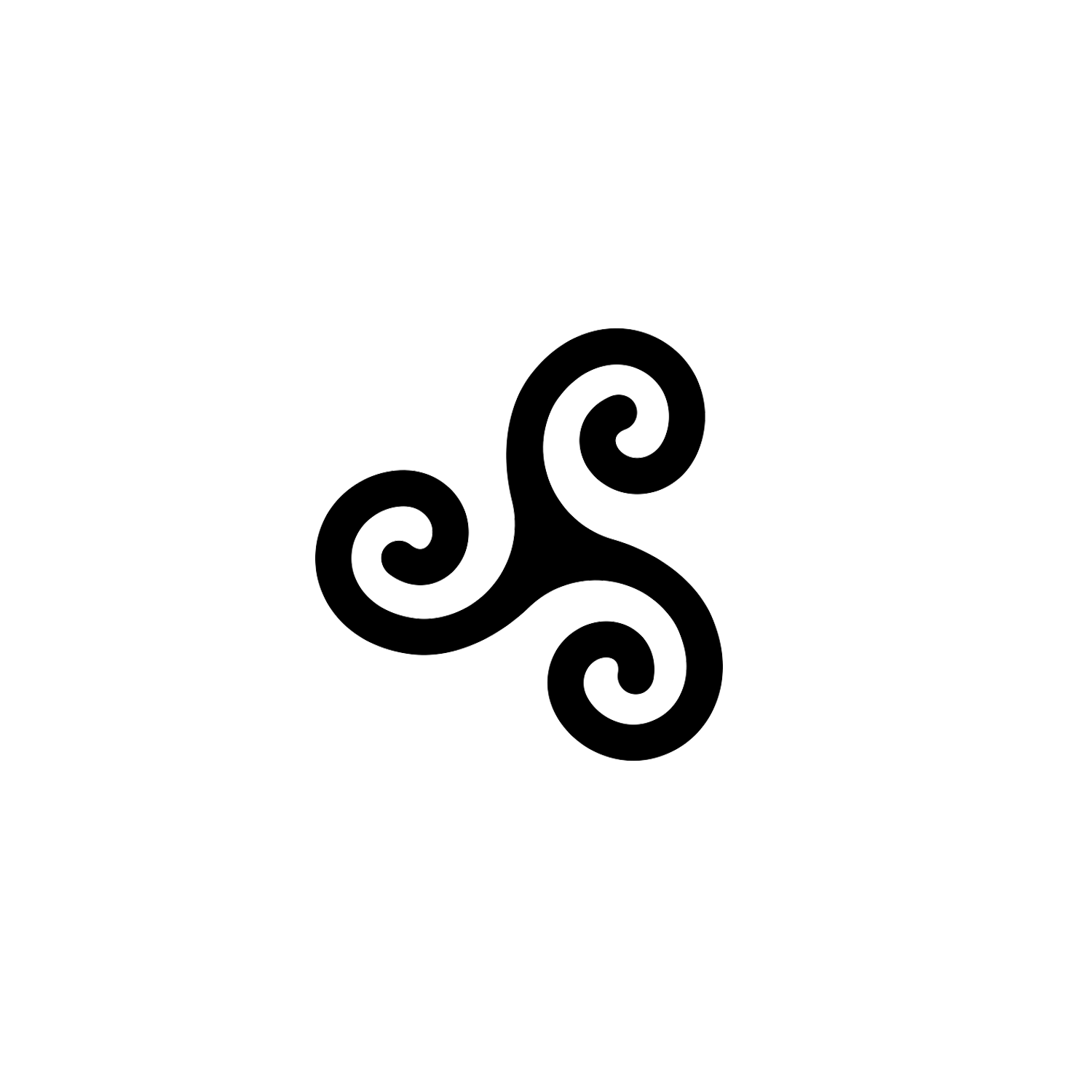All Seeing Eye
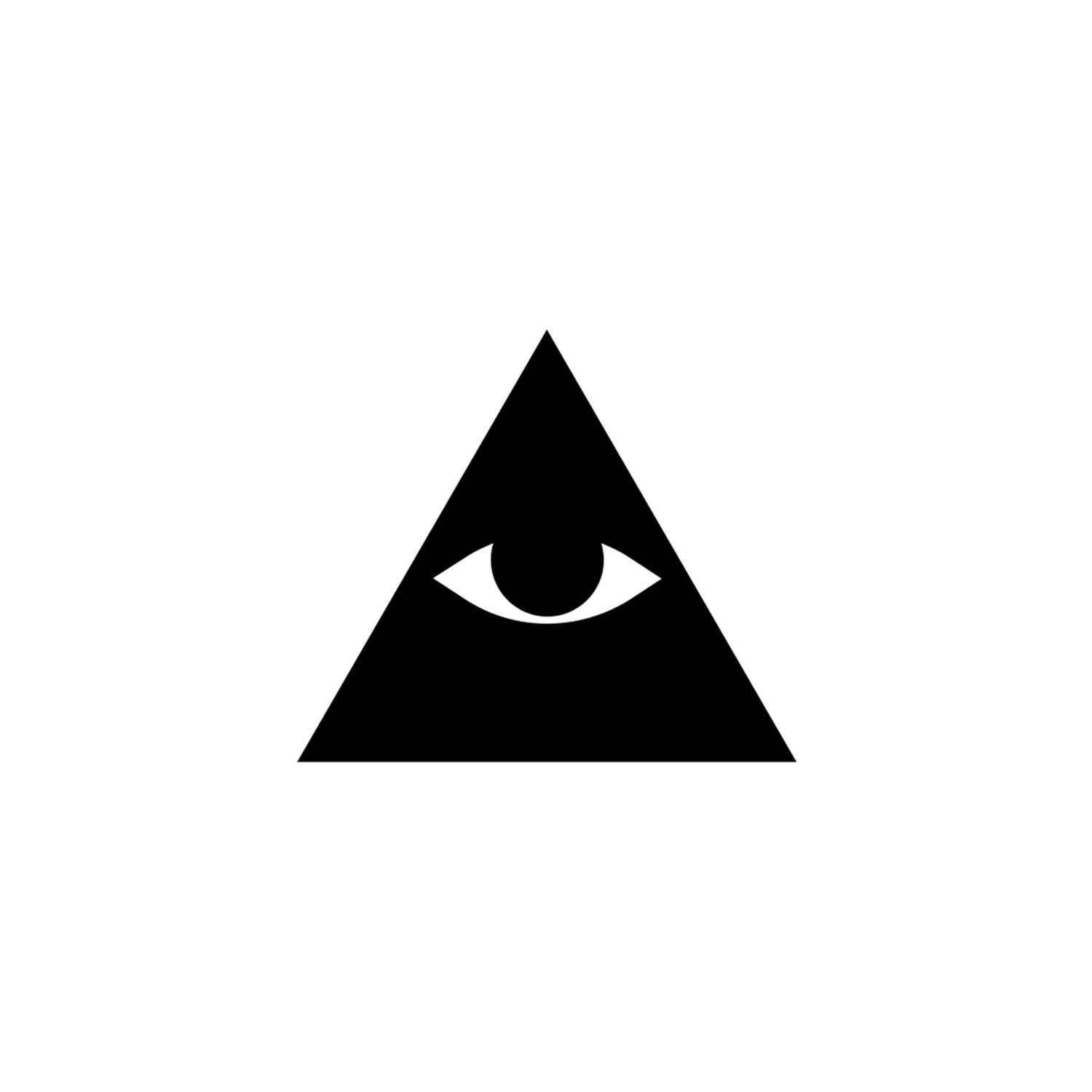

All Seeing Eye
Also referred to as The Eye of Providence.
Overview
An eye set within an upward facing triangle, a simple symbol linked to Freemasonry and other secretive societies, provoking many conspiracy theories and interest into its origin, meanings and appearances both in history and today. It is often surrounded by rays of light, intended to illustrate Providence, as the eye watches over the workers of mankind.[1][2][3]
Origin and Meaning
Originally the Eye of Providence was a Christian symbol, and the earliest examples of its use can be found in religious art of the Renaissance period to represent God.[4] An early example is Pontormo’s 1525 Supper at Emmaus, although the symbol itself was painted on later, perhaps in the 1600s.[5]

Another significant influence on the icon came from a book of emblems known as the Iconologia[6], initially published in 1593. In subsequent editions, the Eye of Providence was incorporated as an attribute of the personification of ‘Divine Providence’, representing God’s benevolence. As implied by the symbol’s name and its initial usage, it was devised as a symbol of God’s caring overwatch of humanity.[1][2][3]
The original inventor of the symbol remains uncertain, but it is constructed from a combination of pre-existing religious motifs. The triangle, symbolizing the Christian Trinity of Father, Son, and Holy Spirit, has a longstanding history, with God sometimes depicted with a triangular halo in previous centuries. The rays of light emanating from the symbol also draw from existing representations of God’s radiance in Christian iconography.[7] However, the origins of the eerie disembodied eye are less clear. While God had been depicted in various cryptic forms before, such as a single hand emerging from a cloud, the eye was a novel addition to religious iconography.

However, delving deeper into the symbolism of the eye reveals a rich history that traces back to the earliest known religions. Around the third millennium BCE, the Sumerians expressed the sacredness of specific sculptures by exaggerating the size of their eyes, intensifying the perception of vigilant observance.[8] They conducted rituals during which artists animated the sculptures by ‘awakening’ the eyes of the figures.

Infact it was the ancient Egyptians who first utilized the detached eye as a motif, such as depicting a pair of eyes on a coffin to grant the deceased sight in the afterlife. Among the most renowned Egyptian symbols is the Eye of Horus.
This symbol actually blends elements of a human and falcon eye, incorporating the bird’s distinctive dark eyebrow and cheek markings. According to ancient Egyptian mythology, the god-king Horus, often represented as a falcon or with a falcon’s head, had his eyes gouged out during a battle with his uncle Set. With the assistance of Thoth, his eyes were later restored. Consequently, the Eye of Horus became a symbol of protection, frequently employed as an amulet—a small sculpture that could be carried in one’s pocket for protection.

These Egyptian hieroglyphs featuring solitary human eyes had a significant impact on European iconography during the Renaissance. During this era, scholars and artists held a profound fascination with Egyptian script. However, their understanding of it was limited, and the translations they attempted were often fraught with inaccuracies. One notable instance occurred in a 1499 romance titled “The Dream of Poliphilo,” where the translation of a single Egyptian eye symbol was interpreted as ‘God’.[9]
This misconception stemmed from a fundamental misinterpretation of the original purpose of hieroglyphics. Today, we understand them as primarily a phonetic written language. However, in the 1400s and 1500s, they were perceived to possess a much more mystical significance. The symbols within hieroglyphic writing—depicting animals, birds, and abstract shapes—were believed to be intentionally enigmatic, each one evoking meaning through the interpretation of the observer rather than forming part of a linguistic structure. They were seen as enigmatic puzzles with multiple layers of meaning.
This belief profoundly influenced European art. When dictionaries of symbols, such as Andrea Alciati’s 1531 Emblemata[10] and later Cesare Ripa’s Iconologia[6], were published, the focus was on cryptic and often highly intricate visual symbols, engaging the viewer in deciphering and constructing meanings from them.
Consequently, motifs like the Eye of Providence were deliberately crafted to appear esoteric. They were symbols designed to be reinterpreted, and perhaps even misunderstood. This concept reached its zenith in the late 18th century, with three notable examples from this period illustrating an increasing diversity in the symbolism of the Eye of Providence.

In post-revolutionary France, Jean-Jacques-François Le Barbier’s 1789 depiction of The Declaration of the Rights of Man and of the Citizen showcased the text of the radical declaration with the Eye of Providence positioned at the summit. Here, it symbolized a tool of paternalistic reason overseeing the newly established egalitarian society. [11]
Meanwhile, in Britain in 1794, Jeremy Bentham commissioned architect Willey Reveley to craft a logo for his ‘Panopticon’—a groundbreaking prison concept aimed at enabling constant surveillance of each cell. The resulting design prominently featured the Eye of Providence, now emblematic of the unwavering gaze of judicial righteousness, encircled by the words ‘Mercy’, ‘Justice’, and ‘Vigilance’.[12]
In 1782, the Great Seal of the United States of America was introduced. Although ideas were proposed by Thomas Jefferson, Benjamin Franklin, and John Adams for its design, it was Charles Thomson, Secretary of the Continental Congress, who, in collaboration with a young lawyer and artist named William Barton, conceived the pyramid, Eye of Providence, and other elements of the seal.[13]
The unfinished pyramid was meant to symbolize “strength and duration,” with its 13 levels representing the original 13 states of America.[14][15] Similar to the examples from Britain and France during the same period, the Eye of Providence served as a conventional symbol of God’s benevolent oversight of the emerging nation. Notably, Freemasonry was not involved in the selection of this symbol in any of these instances.[5]

Nevertheless, the Masons did not extensively employ the Eye of Providence symbol until at least the late 18th century, and not before Bentham, Le Barbier, Thomson, and Barton had incorporated it into their widely accepted purposes. Regrettably for conspiracy theorists, the presence of the Eye of Providence on the one-dollar bill reveals more about the aesthetics of the late 18th century than it does about the power of clandestine elites.
Freemasonry
In contemporary times, the Eye of Providence is frequently linked with Freemasonry, having emerged as a component of standard Freemason symbolism in 1797 with the publication of Thomas Smith Webb’s The Freemason’s Monitor.[16][17]
In this use, the Eye, representing the all-seeing eye of God, serves as a reminder that humanity’s thoughts and deeds are always observed by God—who is referred to in Masonry as the Great Architect of the Universe.[18]
Typically, the Masonic Eye of Providence has a semicircular glory below it, and is sometimes enclosed by a triangle.

A claim often favored by conspiracy theorists is that the depiction of the Eye of Providence atop an unfinished pyramid on the Great Seal of the United States suggests the influence of Freemasonry in the nation’s founding. However, the widespread use of the Eye in Masonic symbolism began 14 years after the Great Seal was created.
Additionally, Benjamin Franklin was the sole Mason among the members of the various design committees for the Great Seal, yet his proposals for the seal were not adopted. Moreover, several Masonic organizations have explicitly refuted any involvement in the creation of the Seal.[19][20]
The Illuminati?
What about the Illuminati? The specifics regarding the early years of the original group, established in Bavaria in 1776 and dissolved in 1787, remain somewhat obscure. Unfortunately, we also lack clarity on the significance of visual symbols to the original order. It is accurate to say that the Illuminati drew inspiration from the principles of Freemasonry, which occasionally employed the Eye of Providence as a representation of the Supreme Architect (God), echoing the practices of numerous other religious institutions of the era.
Conclusion
Conspiracy theories flourish with enigmatic symbols and hidden visual cues. The ‘Eye of Providence’—an eye enclosed within a triangle—is a prime example, commonly associated with Freemasonry, yet also tied to the alleged secret society of the Illuminati, believed by some to be a clandestine group of influential individuals striving to manipulate global events.
The eye can be seen in modern times by artists who show this symbol in their artwork and fashion choices, but there is no secret meaning to the symbol—just a lack of understanding of its history and origins, which as mentioned earlier makes it appear as an open puzzle with a secret meaning.
The Eye of Providence is a symbol almost purpose-built to be reinterpreted, and maybe even misinterpreted.
[1] "The eye as a Christian symbol". catholic-saints.com.
[2] "The Eye as a religious symbol". Religiousfacts.com. Archived from the original on 2015-04-02.
[3] "Freemasonry and the All-seeing Eye". Grand Lodge of British Columbia and Yukon.
[4] David Baker (February 21, 2020). "Optical connections: The all-seeing eye". opticianonline.net.
[5] Wilson, Matthew. "The Eye of Providence: The symbol with a secret meaning?", BBC, 13 November 2020
[6] Ripa, Cesare, 1593. "Iconologia, ouero, Descrittione di diuerse imagini cauate dall'antichità, & di propria inuentione". archive.org
[7] Potts, Albert M. (1982). The World's Eye. University Press of Kentucky. pp. 68–78. ISBN 978-0-8131-3130-6.
[8] Legrain, L.. "Sumerian Sculptures." The Museum Journal XVIII, no. 3 (September, 1927): 217-247. Accessed April 03, 2024. https://www.penn.museum/sites/journal/8992/
[9] Hypnerotomachia Poliphili: edizione critica e commento a cura di Giovanni Pozzi e Lucia A. Ciapponi Padua: 1980 Level 9 Italian EC580.H9 1980-P; translated into English with an introduction by Joscelyn Godwin Hypnerotomachia Poliphili: The strife of love in a dream London: 1999 Level 9 Italian qEC580.H9E 1999-G
[10] Andrea Alciato's Emblematum liber, Augsburg, Heinrich Steyner, 28 February 1531 (1st edition); Glasgow University Library: SM18
[11] La Déclaration des droits de l'homme et du citoyen de 1789, Musée Carnavalet, Paris.
[12] A. Brunon-Ernst, Beyond Foucault: New Perspectives on Bentham's Panopticon (Farnham, 2013)
[13] Bureau of Public Affairs. July 2003. "The Great Seal of the United States." Washington: U.S. Department of State Archive; See also "Great Seal." Bureau of Public Affairs. 2002.
[14] "Annuit Coeptis - History of Motto Above Great Seal's Eye of Providence". greatseal.com.
[15] "Thirteen - America's Number On the Great Seal of the United States". greatseal.com.
[16] Morris, S. Brent. 13 January 2010. The Eye in the Pyramid." Short Talk Bulletin. Silver Spring, MD: Masonic Service Association. Retrieved 6 June 2020.
[17] Webb, Thomas Smith. [1791] 1821. The Freemasons Monitor or Illustrations of Masonry. Salem, MA: Cushing and Appleton. p. 66.
[18] Freemansons. Grand Orient Of Malta. St. John Lodge No. 2. (1810) Glory to the grand architect of the universe. The W. Lodge of St. John No. 2, regularly constituted under the auspices of the Grand Orient of Malta, to all Freemasons over the globe, greeting, strength & union ... In witness whereof, done and de. [Pdf] Retrieved from the Library of Congress, https://www.loc.gov/item/2020767958/.
[19] "Anti-masonry Frequently Asked Questions". Grand Lodge of British Columbia and Yukon.
[20] Barrett, David, W.Bro. "The "Masonic" One Dollar: Fact or Fiction?". Pietre-Stones Review of Freemasonry.
Latest Symbols
Monthly Digest
A summary of symbols for the month in a quick read format straight to your inbox.



